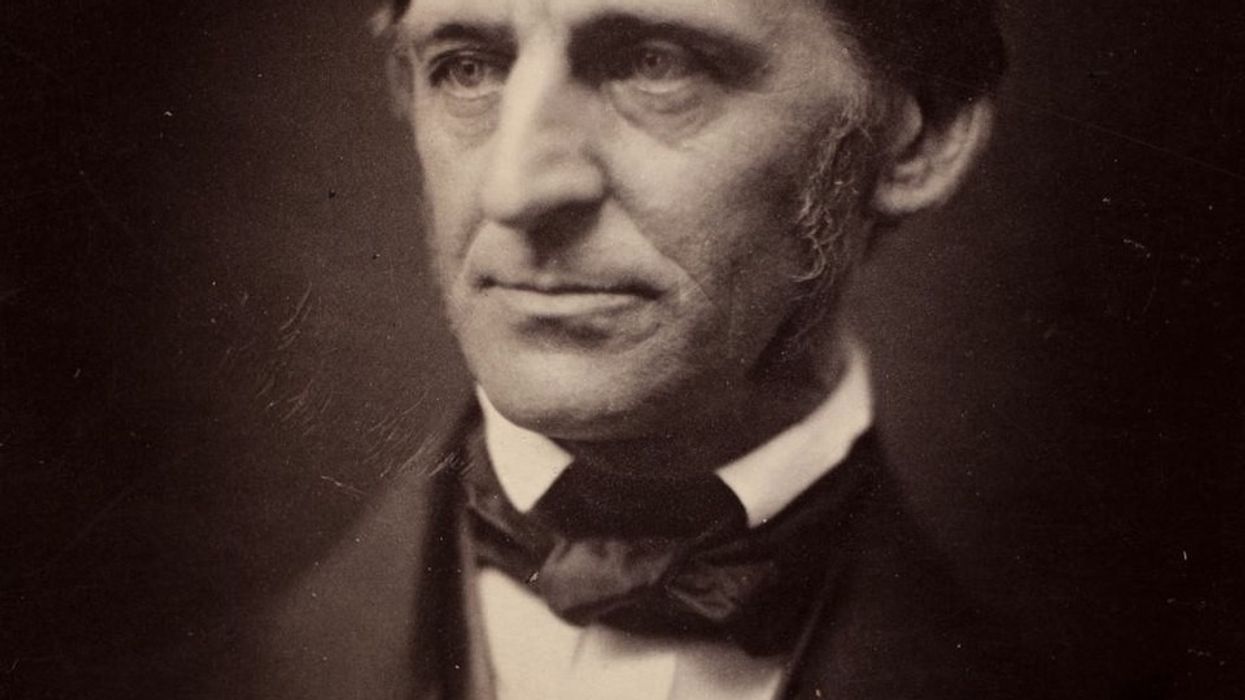The following is a response to "What Do "Pretend to Be Poor" Experiments Really Teach Us?"
Earlier this week, Cord Jefferson criticized the Global Poverty Project’s Live Below the Line campaign. Having just completed the challenge, I agree that it is ridiculous to claim that cutting down your food budget for a week can replicate the experience of 1.4 billion people living in extreme poverty. I can confirm that a $1.50-a-day diet, while modest by my usual standards, is a very manageable sacrifice. It is certainly far removed from what I can only imagine is the grinding and thankless day-to-day reality for the world's poor.
However, the Global Poverty Project does not claim, and has never claimed, to reproduce the experience of living in poverty, except in a symbolic way. If we had, we would have deserved every bit of the cynicism directed our way and then some.
Jefferson called Live Below the Line a "pretend to be poor experiment," the first indicator that he may be missing the point. Firstly, no one is being asked to pretend to be poor. In fact, the effect of living below the line for a week is to make us realize how rich—and lucky—we actually are. Live Below the Line aims to shed light on the poverty of others, not mimic it ourselves.
Secondly, Live Below the Line is not an experiment but a demonstration. Like any advocacy organization, our mission is to build a case for change, partly by highlighting the injustices we aim to correct. We don’t apologize for using symbolic action as a means to achieve this. In fact, what is the alternative? History shows that all protest movements rely on symbols—boycotts, strikes, sit-ins, flags, songs—because if we had the power to change policy immediately, then we wouldn't need to protest. Symbolic action on whatever scale, from the Montgomery Bus Boycott to wearing a simple wristband, is designed to disrupt complacency and force people to think.
Live Below the Line is an effective way to get our message through the static. New audiences are being reached because thousands of supporters take the campaign's message to their network of friends, family, classmates, and co-workers. By personalizing the issue a little, we can make it relevant and memorable. Celebrities like Hugh Jackman have also supported the campaign, bringing the message to millions of new eyes and ears.
We live in a world that could fix the problem of extreme poverty—not overnight, but sooner than most people realize. The global community, through the Millennium Development Goals, has even laid out a realistic plan to make it happen within a generation. Of course no one believes it will be easy. It will take courage and vigilance. At the Global Poverty Project, we won't stop thinking of new and different ways to keep current and future supporters informed and energized for the battles ahead.













